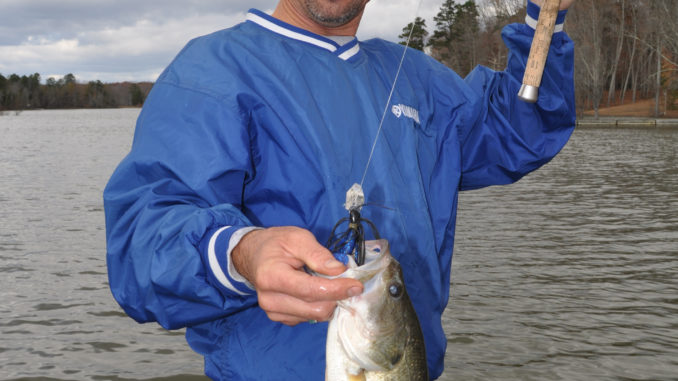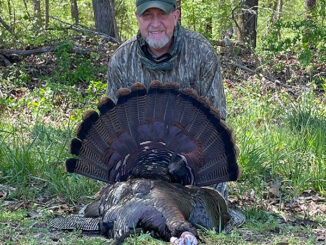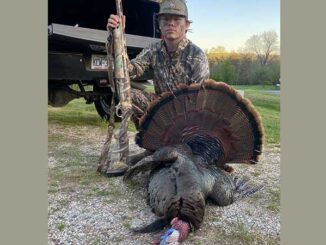
December fishing for largemouth bass usually is restricted to North Carolina lakes with hot-water discharges, such as Hyco, Belews, Mayo or Lake Norman.
Hot water outflows from on-shore steam plants often raise the water temperature to 60 degrees or more, which is ideal for bass and other gamefish.
But Joel Richardson, a bass pro and guide from Kernersville, finds plenty of action at John H. Kerr Reservoir, N.C.’s largest body of water (actually the lake’s 50,000 acres are shared with Virginia). And Kerr Lake (aka Buggs Island) has no steam plants.
“You can catch bass during winter at Buggs, even in cold conditions,” said Richardson (Joel Richardson Guide Service, 336-643-7214, www.joelgrichardson.com).
With its size and constant influx of water from the Dan and Staunton rivers, plus myriad creeks, Kerr’s winter water temperature mostly hovers from 48 to 58 degrees during winter, which is the same as spring prespawn temps.
While most of Richardson’s winter trips to Kerr Lake are for schooling striped bass, windy conditions often force him into sheltered coves, and that’s when he breaks out his bass rods.
“I know places at Buggs where the bass stack up in winter, and you can catch them almost every cast,” he said.
Largemouths usually will be on two patterns at Kerr Lake during winter — at shallow bushes near outside points of small creeks and coves or on deep rocks.
“If you get a bite with a spinnerbait at one bush, that’s a likely pattern,” Richardson said. “That means you need to work every outside bush in the creek or cove.”
He uses 6- to 7-foot Bass Pro rods mated to Shimano reels with 10- to 15-pound-test monofilament line.
“When (bass) are on the bushes, I slow-roll a white 1/2-ounce Hawg Caller spinnerbait on the outside edges,” he said. “When I find ’em deeper, I’ll throw a chartreuse/green deep-diving crankbait that’ll get down to 10 or 15 feet.”
To find deep concentrations of largemouths, Richardson looks for large rocks running off a sheltered creek’s shoreline that descend into its middle and exit at the other side. That indicates a row of submerged rocks.
He goes to the middle of the creek, backs off about 30 yards from the rock line, casts as far as he can, then winds hard to force the crankbait down to structure and tries to bang the lure off the deepest rocks. Depths may vary from 10 to 18 feet.
“Bass often stack up there, and you can catch ’em one after the other when you find (submerged rocks),” he said.
It’s also nice to be out of the biting winter wind at Buggs, comfortably cranking in a sheltered cove and catching bass when no one else thinks it can be done.





Be the first to comment